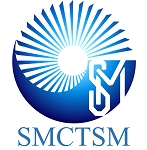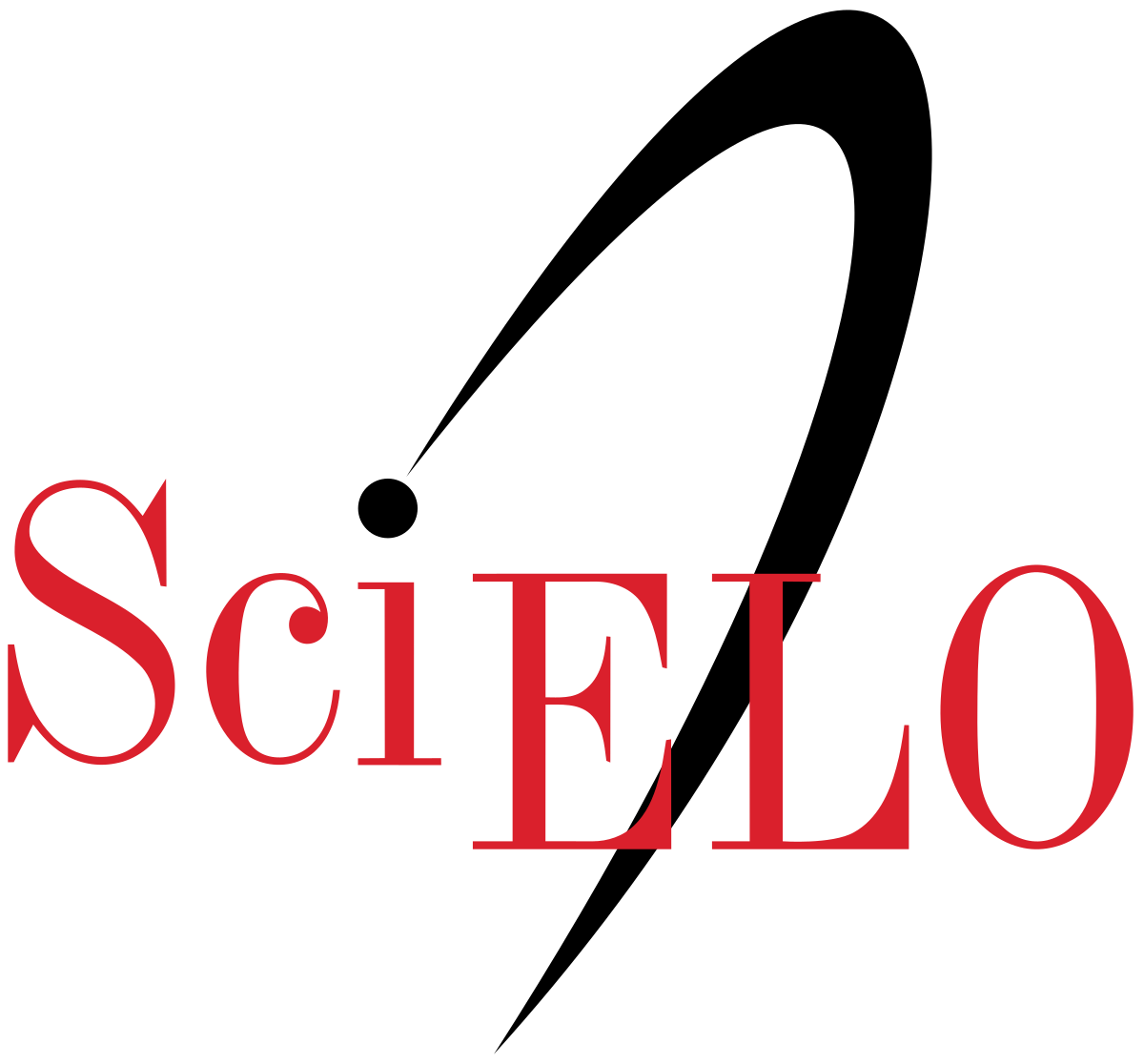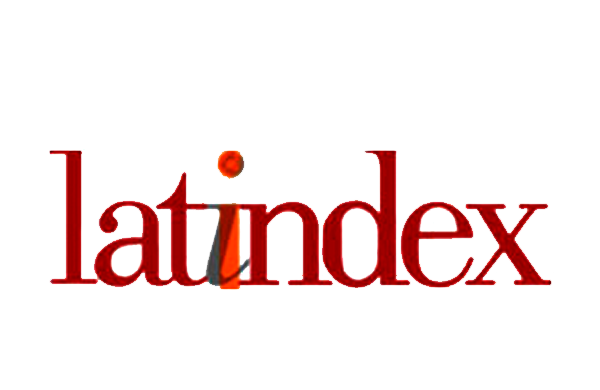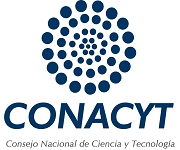Simulated ion irradiation of (Bi, Pb)-2212 superconducting thin films for the creation of magnetic vortex pinning points
DOI:
https://doi.org/10.47566/2025_syv38_1-250502Keywords:
Ion irradiation, superconducting thin films, critical current density, Computer simulationAbstract
Ion irradiation over superconducting thin films of (Bi, Pb)-2212 (Bi1.6Pb0.4Sr2CaCu2O8) were simulated using the software SRIM v.2013, to investigate effectiveness of this technique in creating magnetic vortices pinning points to increase the critical current density of the films. Irradiation of He, C, Si, Cu, Ag, or Au ions, with kinetic energies of 3 and 6 MeV, and angle of incidence of 0, 15, 30, 45, and 60 degrees, were simulated over films with thicknesses of 200, 500, and 1000 nm. Each atom displaced from its original position in the crystal lattice due to the fired ions was counted as a pinning point. Heavy ions such as Ag and Au were found to be the most efficient in creating pinning points. Ions with lower atomic mass like C, Si, and Cu produced a smaller number, but the sample is less likely to become amorphous due to the irradiation process. For a kinetic energy of 3 MeV, the quantity of ions trapped inside the film increases significantly, and it is only recommended for the thinnest films, or the lightest ions. A greater incidence angle increases the production of pinning points.
References
[1]. S. Nhien, G. Desgardin, Phys. C 272, 309 (1996).
https://doi.org/10.1016/S0921-4534(96)00575-8
[2]. A. Kikuchi, M. Matsuda, M. Takata, M. Ishii, T. Yamashita, H. Koinuma, Jpn. J. Appl. Phys. 27, L2300 (1988).
https://doi.org/10.1143/jjap.27.l2300
[3]. A. Jeremie, K. Alami-Yadri, J.-C. Grivel, R. Flükiger, Supercond. Sci. Technol. 6, 730 (1993).
https://doi.org/10.1088/0953-2048/6/10/005
[4]. H. Raffy, J. Arabski, A. Vaurès, J. Less-Common Metals 151, 385 (1989).
https://doi.org/10.1016/0022-5088(89)90343-3
[5]. M. Matsuda, Y. Iwai, M. Takata, M. Ishii, T. Yamashita, H. Koinuma, Jpn. J. Appl. Phys. 27, L1650 (1988).
https://doi.org/10.1143/jjap.27.l1650
[6]. L. Zhang, J.Z. Liu, R.N. Shelton, Phys. Rev. B 45, 4978 (1992).
https://doi.org/10.1103/PhysRevB.45.4978
[7]. A. Sajjadi, I.W. Boyd, Appl. Phys. Lett. 63, 3373 (1993).
https://doi.org/10.1063/1.110149
[8]. D.K. Walia, A.K. Gupta, G.S.N. Reddy, V.S. Tomar, N.D. Kataria, V.N. Ojha, N. Khare, Solid State Commun. 71, 987 (1989).
https://doi.org/10.1016/0038-1098(89)90576-0
[9]. S. Turkoglu, M.A. Aksan, J. Supercond. Nov. Magn. 25, 2087 (2012).
https://doi.org/10.1007/s10948-012-1588-z
[10]. B. Shabbir, X. Wang, Y. Ma, S.X. Dou, S.S. Yan, L.M. Mei, Sci. Rep. 6, 23044 (2016).
https://doi.org/10.1038/srep23044
[11]. D. X. Huang, Y. Sasaki, S. Okayasu, T. Aruga, K. Hojou, Y. Ikuhara, Phys. Rev. B 57, 13907 (1998).
https://doi.org/10.1103/PhysRevB.57.13907
[12]. F.M. Sauerzopf, Phys. Rev. B 57, 10959 (1998).
https://doi.org/10.1103/PhysRevB.57.10959
[13]. H. Matsui, H. Ogiso, H. Yamasaki, T. Kumagai, M. Sohma, I. Yamaguchi, T. Manabe, Appl. Phys. Lett. 101, 232601 (2012).
https://doi.org/10.1063/1.4769836
[14]. L. Fang, Y. Jia, V. Mishra, C. Chaparro, V.K. Vlasko-Vlasov, A.E. Koshelev, U. Welp, G.W. Crabtree, S. Zhu, N.D. Zhigadlo, S. Katrych, J. Karpinski, W.K. Kwok, Nat. Commun. 4, 2655 (2013).
https://doi.org/10.1038/ncomms3655
[15]. W.J. Weber, D.M. Duffy, L. Thomé, Y. Zhang, Curr. Opin. Solid State Mater. Sci. 19, 1 (2015).
https://doi.org/10.1016/j.cossms.2014.09.003
[16]. M. Backman, Effects of nuclear and electronic stopping power on ion irradiation of silicon-based compounds, PhD Dissertation (University of Helsinki, 2012).
https://helda.helsinki.fi/items/ae234eb1-7655-4b8f-ab55-2e4ffbca13d1
[17]. B. Rauschenbach, Low-Energy Ion Irradiation of Materials, 1st ed. (Springer International Publishing, 2022) p. 10-12.
https://doi.org/10.1007/978-3-030-97277-6
[18]. J.F. Ziegler, M.D. Ziegler, J.P. Biersack, Nucl. Inst. Methods Phys. Res. B 268, 1818 (2010).
https://doi.org/10.1016/j.nimb.2010.02.091
[19]. G.H. Kinchin, R.S. Pease, Rep. Prog. Phys. 18, 1 (1955).
https://doi.org/10.1088/0034-4885/18/1/301
[20]. M.J. Norgett, M.T. Robinson, I.M. Torrens, Nucl. Eng. Des. 33, 50 (1975).
https://doi.org/10.1016/0029-5493(75)90035-7
[21]. B. Rauschenbach, Low-Energy Ion Irradiation of Materials. 1st ed. (Springer International Publishing, 2022) p. 21-22.
https://doi.org/10.1007/978-3-030-97277-6
[22]. B.A. Young, J.R. Williams, S.W. Deiker, S.T. Ruggiero, B. Cabrera, Nucl. Inst. Methods Phys. Res. A 520, 307 (2004).
https://doi.org/10.1016/j.nima.2003.11.245
[23]. M. Oh, J. Lee, W. Kang, S. Lee, Y. Jo, APL Mater 12, 031120 (2024).
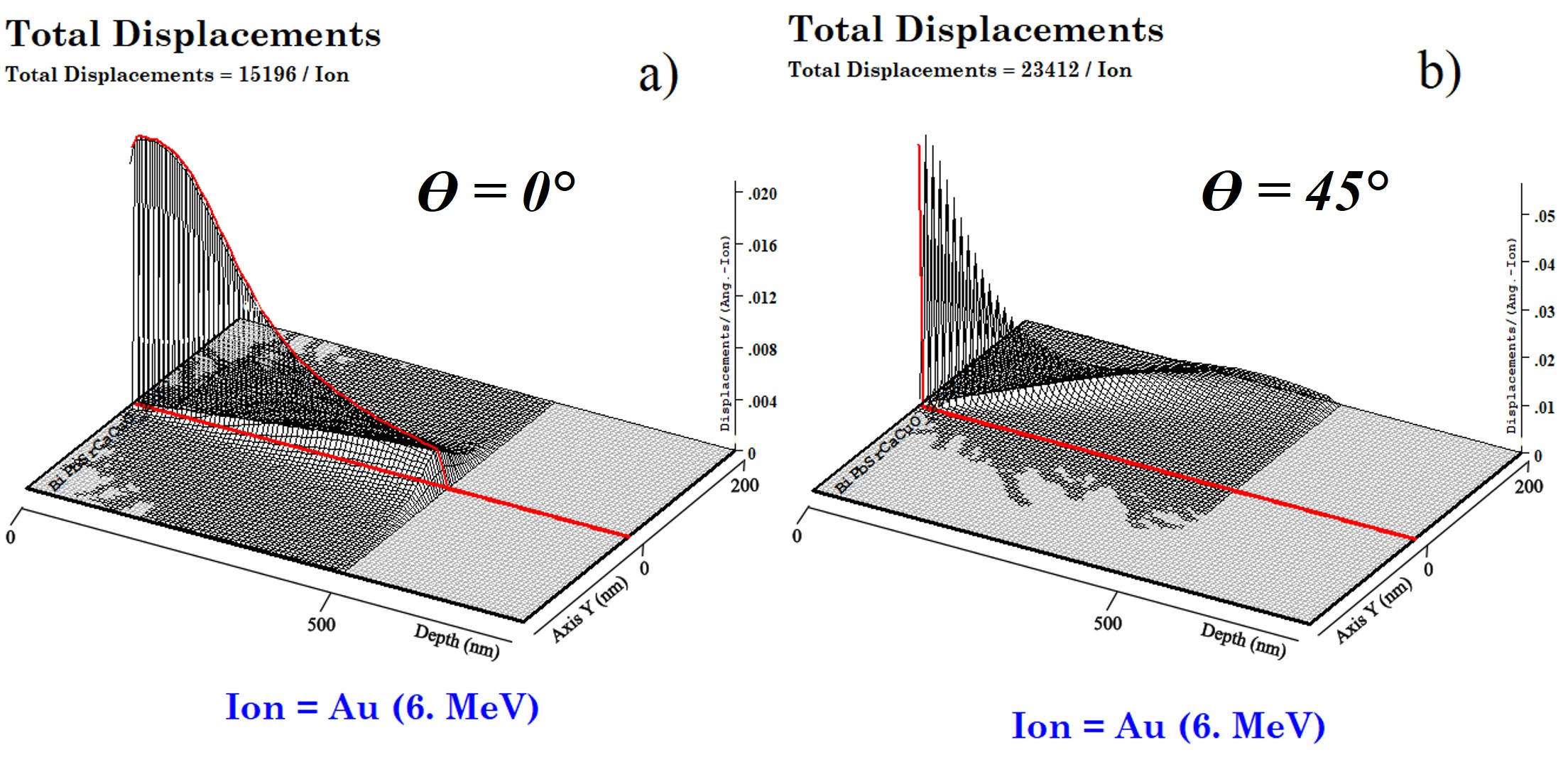
Downloads
Published
Issue
Section
License
Copyright (c) 2025 The authors; licensee SMCTSM, Mexico.

This work is licensed under a Creative Commons Attribution 4.0 International License.
©2025 by the authors; licensee SMCTSM, Mexico. This article is an open access article distributed under the terms and conditions of the Creative Commons Attribution license (http://creativecommons.org/licenses/by/4.0/).

